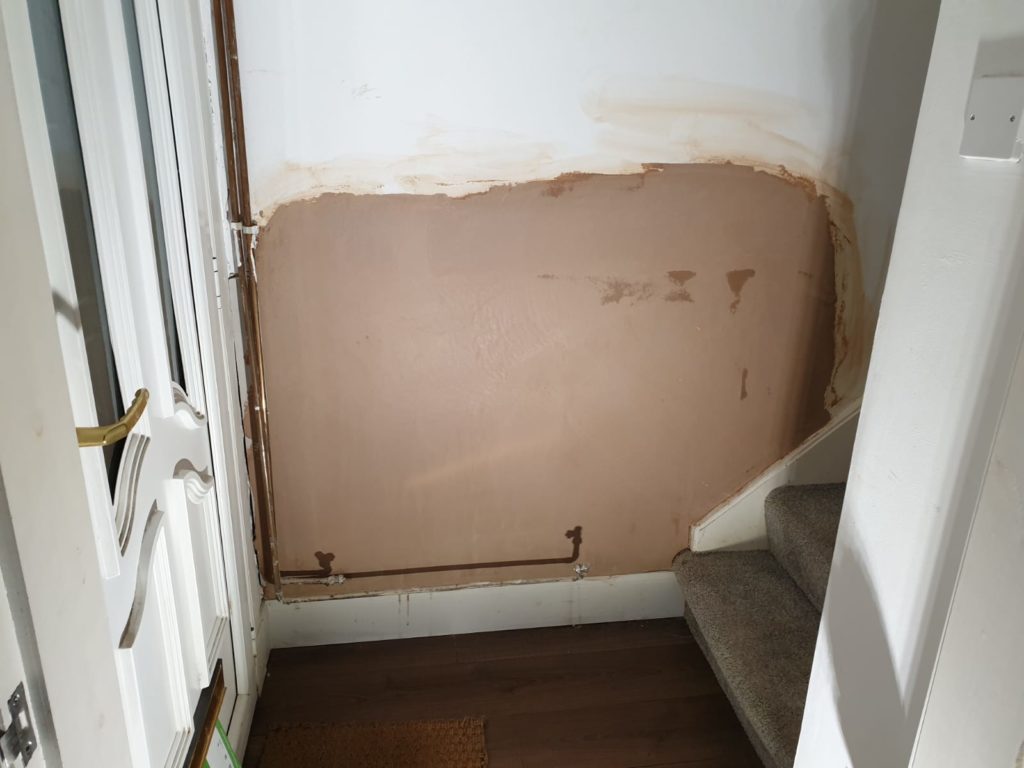OUR SERVICES
RISING DAMP ARGYLL & BUTE
Need help with RISING DAMP in ARGYLL & BUTE?
Call us today or request a survey online
What is Rising Damp in Argyll & Bute?
Rising damp is a moisture-related issue that can affect buildings in regions like Argyll & Bute when groundwater or moisture from the ground is drawn upward through porous building materials, such as bricks, mortar, or stone, and into the lower sections of walls. It is often visible as damp patches, staining, or peeling paint on the interior walls, typically starting from the base of walls and moving upwards. Rising damp can lead to a range of problems, including structural damage, decay of building materials, and issues with indoor air quality.
Identifying and addressing rising damp in Argyll & Bute is essential to protect your property and ensure a healthy living environment. Proper damp proofing measures and expert solutions can help mitigate the effects of rising damp and maintain the integrity of your building.

Common Causes of Rising Damp
Several factors contribute to the occurrence of rising damp:
A damp proof course is a physical barrier (often a layer of impermeable material) installed in walls at a certain height above ground level to prevent rising damp. The absence of an effective DPC or the deterioration of an existing one can lead to rising damp issues.
A bridge is created when paths, driveways, flower beds, or other features are constructed at a higher level than the DPC, allowing moisture to bypass the barrier and rise up the walls.
High external ground levels, especially above the level of the DPC, can encourage rising damp. Proper landscaping and drainage measures are essential to address this issue.
Poorly functioning or blocked drains and gutters can lead to water pooling around the building’s foundations, increasing the risk of rising damp.
Rising damp occurs due to capillary action, where water is drawn upward through the tiny spaces in porous building materials. This phenomenon is more pronounced in older buildings with solid walls.
In some cases, rising damp can affect suspended timber floors when the moisture rises from the ground and impacts the floorboards, joists, and skirting boards.
Addressing rising damp typically involves installing or restoring an effective damp proof course, addressing any bridging issues, improving drainage, and ensuring proper ground levels. It’s essential to identify and rectify the underlying causes to prevent further damage and maintain a dry and healthy living environment.
Request a Survey
Do you suspect rising damp in your property? Get in touch today